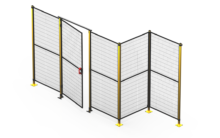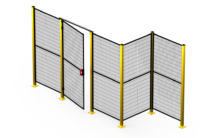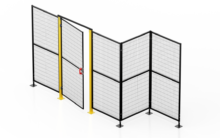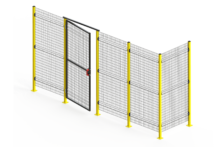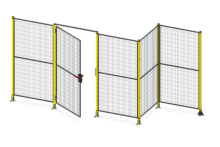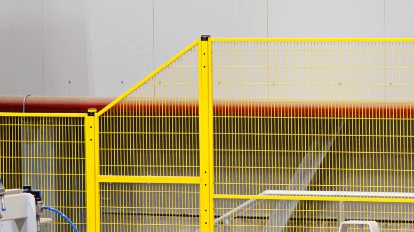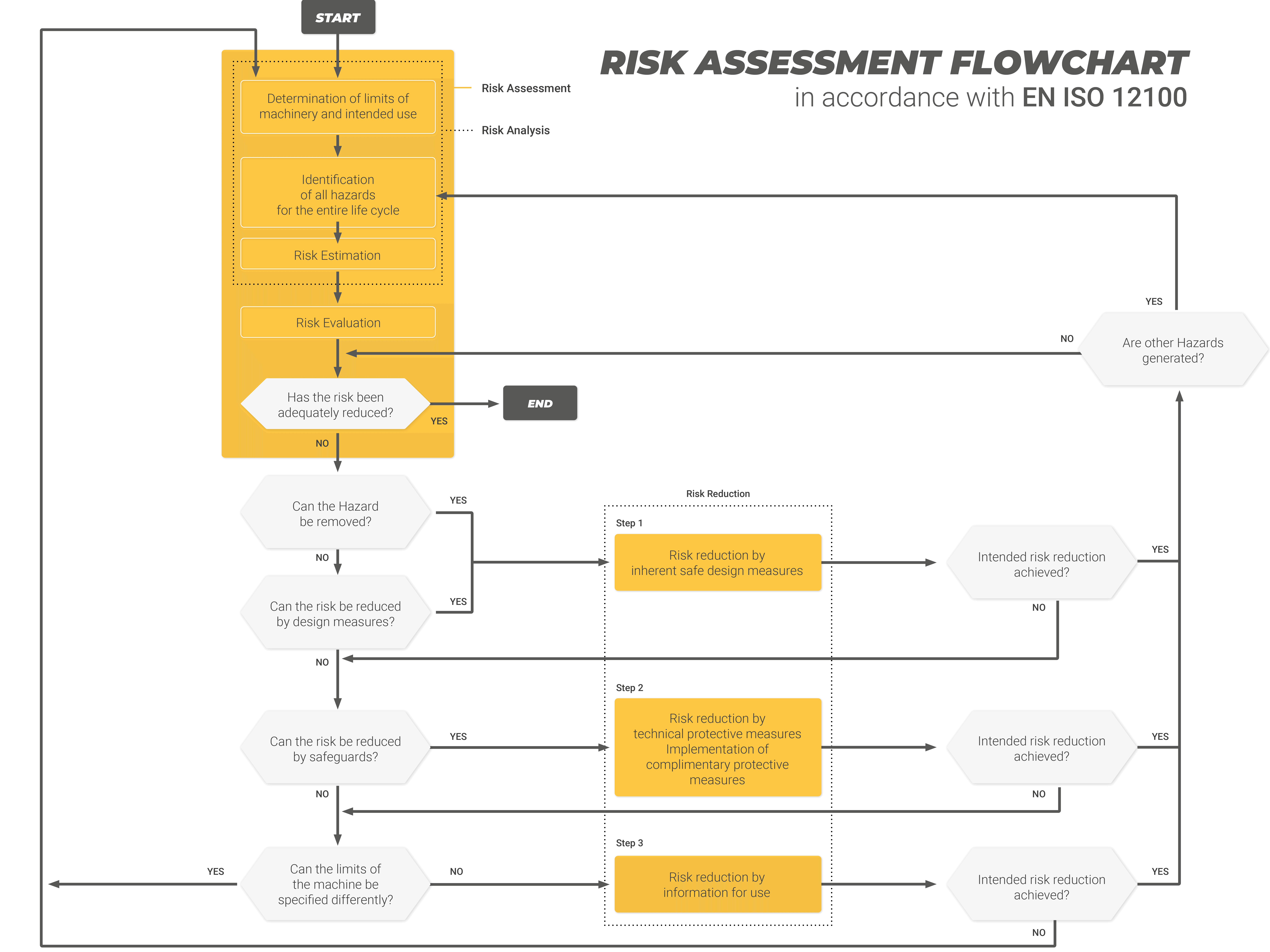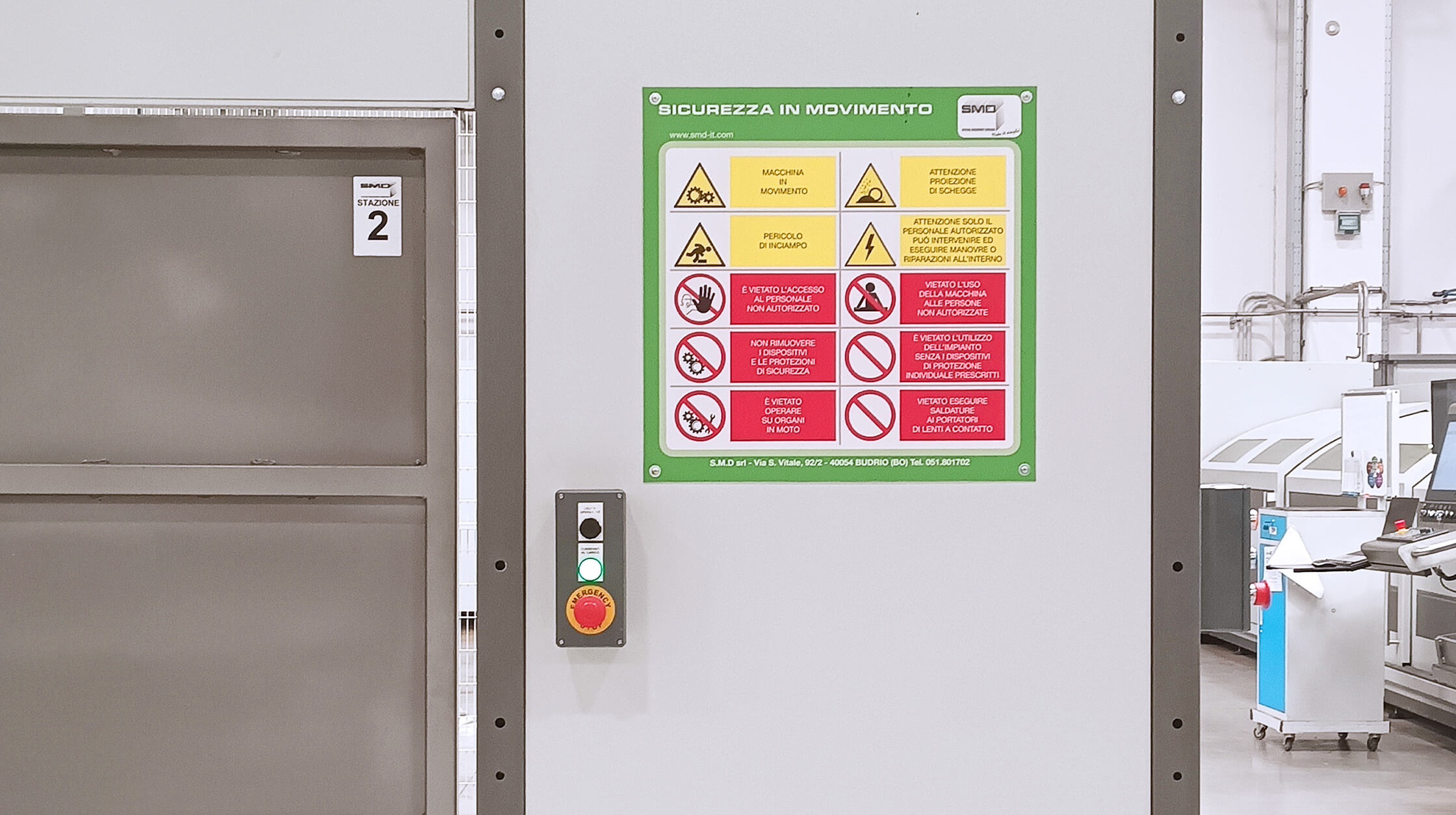Each year, more than 395 million workplace accidents occur. This dramatic figure was released by the International Labour Organization (ILO) (https://www.ilo.org/) in 2023. Conducting an accurate Risk Assessment, as required by the EN ISO 12100 Standard, is the first step to protect worker safety.
The Normative context
The EN ISO 12100:2010 Standard, “Safety of machinery – General principles of design – Risk assessment and risk reduction” – a type A Standard – is a solid methodological guide for identifying hazards, assessing risks and implementing the appropriate mitigation measures for each type of industrial machinery. Its in-depth analysis is essential for all manufacturers, installers and employers who want to protect the safety of workers by complying with current legal requirements.
The Primary Regulatory Reference for Designers and Manufacturers
Together with the harmonized standards on Control Systems (EN ISO 13849) and on the Functional Safety of Machinery (EU EN IEC 62061 – Safety Integrity Levels (SIL)), the EN ISO 12100 Standard acts as the main reference for designers and manufacturers in order to comply with the Essential Safety Requirements as per Machinery Directive/New Machinery Regulation and to be able to legally place their products on the market.
The Legal Obligation for Employers
For employers who install industrial machinery, carrying out a scrupulous Risk Assessment is a regulatory obligation specified in both International Directives and National Laws on Workplace Safety.
What is Risk Assessment?
Risk Assessment evaluates the potential hazards related to the entire life cycle of a machine so as to determine the necessary preventive actions against injuries and damage. It is a mandatory measure required by each Competent Authority, both when it comes to new installations and when Revamping existing equipment.
Why Risk Assessment is Essential
Conducting an accurate Risk Assessment allows you to protect the safety of workers, safeguard the company from possible sanctions, but also to ensure the correct performance of industrial processes, avoiding machine downtime due to accidents.
Risk Assessment: Steps of the Process
The Risk Assessment process outlined by EN ISO 12100 provides for a structured approach. There are no set rules on how to conduct a Risk Assessment, but there are some general principles that must be followed. These principles can be summarized in five steps:
1. Hazard identification
Examine the workplace to identify potential hazards, consider operating limitations of machines by mapping all mechanical, electrical, or thermal hazards, possibly also evaluating manufacturer's or supplier instructions, and review accident or near-accident reports.
2. Risk Assessment
Consider how, where, when, and for how long people are typically exposed to a potential hazard and assign a risk score to the identified hazards, using a risk matrix. Assess any residual risks.
3. Decide on the control measures to be implemented
4. Document the results
It is important to document the process and the results obtained, using a Periodic Register of Risk Assessments. This step helps the organization keep track of hazards, risks, and control measures.
5. Assessment Review and Update
Follow the assessments to see if the recommended controls have been put in place and take any corrective mitigation actions prior to the commissioning of the plants. For any subsequent modification that may result in a change in the hazardous conditions, the employer must provide a new Risk Assessment.
Integrated Prevention Solutions
After analyzing the risks, it will be possible to implement an organic system of safety measures by integrating Collective Protective Measures (e.g. Regulations-compliant Perimeter Guards, Stops and Interlocking Devices, Safety Signs), Personal Protective Equipment (PPE and Staff training) and Organizational Measures (Maintenance, Regular Inspections). A systemic approach that maximizes Safety while minimizing Residual Risks.


